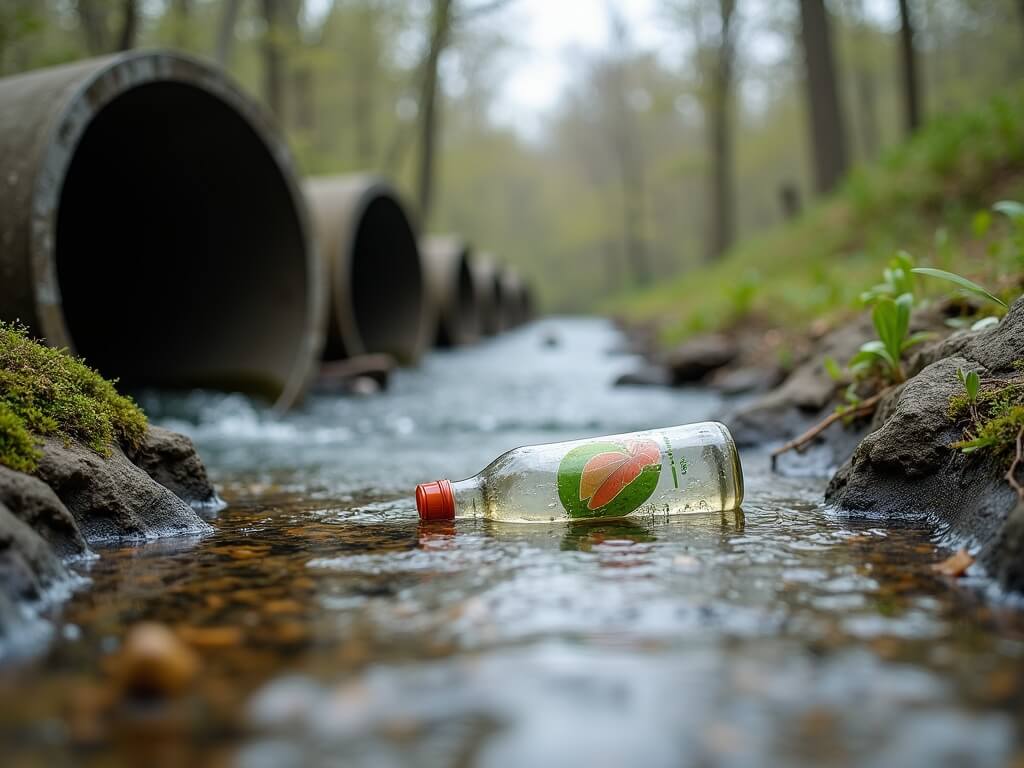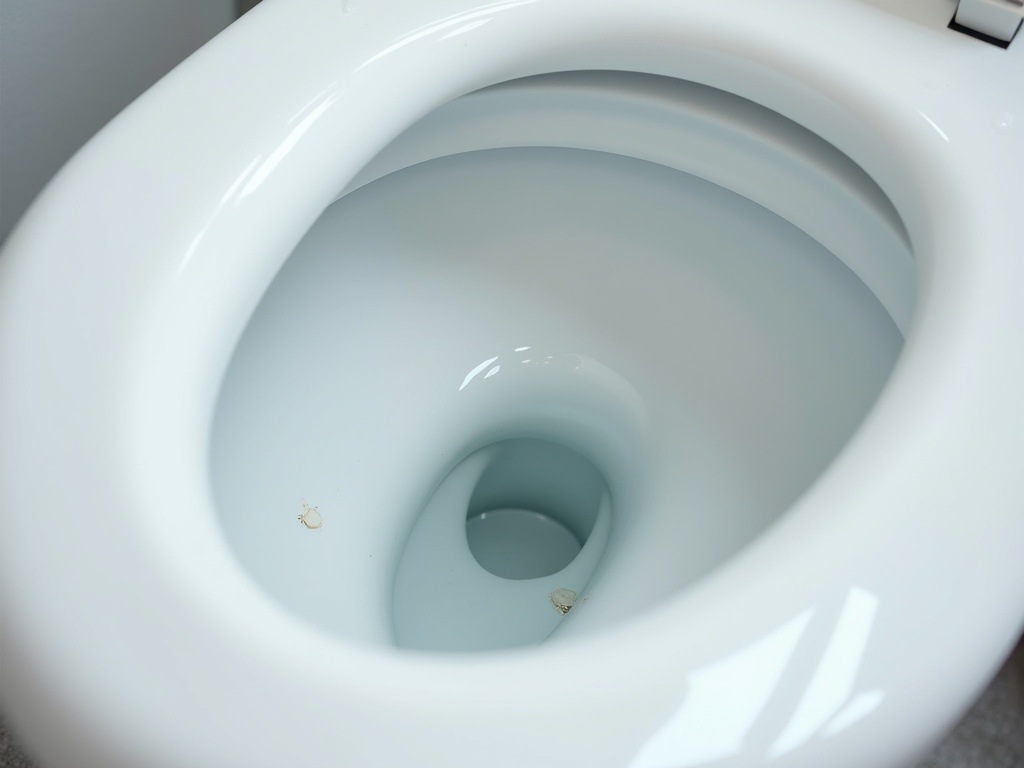If you’ve ever walked into a freshly cleaned house and gotten a headache from the smell alone, you’re not alone. That’s usually your body’s way of saying, “What is this toxic soup in the air?”
That’s exactly why eco-friendly cleaning services have gained so much traction. In fact, more homeowners and businesses are turning to non-toxic options not to keep up with a trend—but to protect their health.
Let’s break down how these services actually work, what you’re paying for, and why it might just be the smartest investment you’ll make this year.

At its core, eco-friendly cleaning means using products and methods that don’t harm people, pets, or the planet.
That includes:
When I started integrating eco-safe practices into my own cleaning service, the difference was noticeable—even clients with asthma or migraines began commenting on how “fresh” everything felt without the chemical smell. And I never looked back.
The magic isn’t just in feeling good about your choices—it’s in the real-world difference eco-friendly cleaning services deliver.
Here’s what you’re really investing in:
Harsh cleaners release VOCs—volatile organic compounds—that can lead to headaches, allergies, and breathing issues (especially in kids). Green cleaners help cut these drastically.
What rinses down your drain doesn’t disappear—it ends up in lakes, rivers, and oceans. Biodegradable soaps degrade safely, so you’re not polluting the ecosystem every time you mop.

If you’re a business or rental property owner, eco-friendly cleaning helps reduce waste and aligns your brand with environmental responsibility—which more customers than ever care about.
Let’s be honest: people remember businesses that care about the details. Green cleaning says, “We look after your health and the planet.”
By the way, if you’re running a business and trying to unite good cleaning with great marketing—customers absolutely notice when you list things like “non-toxic” or “child-safe” on your site or brochure. Check out more tips in our home cleaning services blog.
Totally false.
The myth that eco-friendly cleaning services can't compete with traditional ones is just outdated. Today’s non-toxic solutions are formulated with tough plant-based surfactants and enzymes that handle grease, grime, and bacteria better than you’d think—all without burning your lungs or skin.
Plus, eco-friendly doesn’t mean luxury pricing. At my business, we charge $80 per hour, which is comparable to plenty of traditional cleaning services—except we’re keeping your space safe for kids, pets, and the environment in the process.
Key takeaway: You’re not just paying for someone to scrub your counters—you’re buying peace of mind that lasts.
If you’ve ever flipped over a cleaning bottle and wondered what sodium lauryl something-or-other means, you’re not alone. Ingredient transparency is a huge part of why people switch to non-toxic products in the first place.
Here’s what actually goes into them—and what each part does:
These ingredients don’t just clean—they clean effectively without filling your home with toxins.
Skip the vague claims like “green” or “eco.” Look for products with:
These programs require proof, not marketing fluff. And if you’re still not sure? Read the ingredients. If it reads like a chemistry experiment, skip it.
Funny story—early on in my cleaning career, I grabbed what looked like a “green” wood cleaner, only to later realize it had artificial fragrance and methylisothiazolinone (a known allergen). That was the last time I trusted the front of the label without checking the back.
Key takeaway: Labels lie. Certifications don’t. Read the fine print and protect your home.
This isn’t about being crunchy or new-age. This is about protecting people you love from unnecessary exposure to chemicals.
A few things that non-toxic products help with:
Plus, biodegradable and non-toxic doesn’t just mean it’s safe in use—it’s safe afterward. Whether it washes down your drain or off your hands, you’re not leaving it in the environment for 100 years.
Key takeaway: Eco-focused cleaning isn’t niche hospitality—it’s smart protection for everyday life.
So… are natural products as effective as chemical ones?
Sometimes. Sometimes not.
Here’s the honest breakdown:
Natural and non-toxic products are:
Chemical-based cleaners are:
The technology behind plant-based cleaners has come a long way. Enzyme formulas (especially for pet odors and mildew) often outperform the harsh chemical versions I used a decade ago. I’ve seen it firsthand cleaning high-traffic rental homes—the natural options handled it just fine without leaving a chemical cloud behind.
Still, there’s a time and place for everything. If norovirus just ran through your office? Break out the hospital-grade disinfectant. If you spilled coffee on your rug or want to clean your bathroom without choking? Reach for the natural blend.
Key takeaway: Choose based on context. Natural cleaners are highly effective for daily cleaning. Chemical cleaners serve backup duty for emergencies.
Up next, I’ll talk about the long-term cost analysis, common consumer questions (like, “are natural products septic-safe?”), and what the future of cleaning actually looks like…
Let’s talk dollars—and sense.
People often ask me if eco-friendly cleaning means a bigger bill.
The truth?
Not really. And over time, it might actually save you way more than you think.
Here’s the breakdown:

One of my longtime clients owns a rental cabin that sees heavy turnover in peak season. Since we switched to non-toxic, enzyme-rich products, stains lift better, odors are gone quicker, and the furniture wears slower. Her maintenance costs have gone down year over year. She’s a believer.
Key takeaway: Eco-friendly cleaning services may not be “cheaper” upfront—but they are smarter, longer-lasting, and more cost-effective once you back away from short-term thinking.
There’s no such thing as a silly question—especially when it’s about the place you live or work every day. We all spend most of our lives indoors. The air, the surfaces, even the smell in your space affects you more than you realize.
Yes, and this one’s close to home.
I grew up on a rural property with a sensitive septic setup. If we dumped bleach or ammonia down the drain, we’d be smelling it for days. Think fermented plumbing. Since switching to biodegradable, septic-safe products, not only did our system run smoother, but the backflow residue (yeah, it’s gross) disappeared for good.
So yes—plant-based products biodegrade naturally and are designed to work with, not against, the ecosystem of a septic system.
Answer: Depends on the task.
Enzyme and vinegar-based cleaners can kill a large spectrum of household bacteria and fungi—perfect for kitchens, bathrooms, and kid zones.
But if you're trying to kill MRSA or handle a norovirus scare, you still want a hospital-grade solution for that use case.
That doesn’t mean you need to bleach the whole house every week. Use the strong stuff for emergencies. For everything else? Let green science take care of it.

Skip the green leaf logo that doesn’t mean anything.
Look for:
Also, if a label reads like a food recipe (baking soda, essential oils, water), that’s a good sign.
Key takeaway: Certifications are your shortcut to trust. Read the fine print, not just the tagline.
Eco-cleaning isn’t going anywhere.
In fact, the industry is evolving fast—and customers are helping drive the shift with their wallets.
According to a 2023 Nielsen report, 73% of consumers say they would change their consumption habits to reduce environmental impact.
If you run a facility, run a rental, or just want a healthier living space—eco-cleaning is how you stay ahead of what people value most.
New plant-based surfactants, probiotic tech, and enzyme formulas are handling stains and odors more effectively than ever.
I tested a probiotic-based toilet cleaner last month in a commercial office building bathroom. Not only did it hold back bad smells for days, the bowl actually seemed to stay clean longer. Less buildup between visits.
California’s Cleaning Product Right to Know Act requires manufacturers to disclose all ingredients, including those in fragrances. That goes state-wide in many areas now.
More regulations are coming. It pays to be proactive instead of scrambling to comply later.
Commercial properties are switching to eco-friendly janitorial services not for PR—but for employee morale, better air quality, and long-term trust.
Want to improve productivity? Start by letting your team breathe easy—literally.
We’re now exploring reusable spray bottles for repeat clients, composting all paper roll cores, and testing refill stations to minimize plastic even further.
Our service delivers a safe clean—and we walk the walk behind the scenes, too.
Key takeaway: The future of cleaning is transparent, efficient, and non-toxic. Be early, not late.
If you're still reading, it tells me one thing—you care.
Maybe about the health of your household.
Maybe about lowering your carbon footprint.
Maybe you're tired of mystery smells and mystery ingredients from that store-brand spray under your sink.
Either way, here's the truth:
You don’t have to choose between clean and safe.
With today’s eco-friendly cleaning services and non-toxic products, you get both—and then some.
You breathe easier. You save money over time. You reduce risk for kids, pets, and anyone walking through your door.
And you do your part for a planet that’s just trying to recover from years of “more is better” thinking.
At the end of the day, when your home, office, or rental property is truly clean—not chemically “wiped into submission”—you know it.
It smells like nothing.
It feels like peace of mind.
Let’s take the toxic out of tidy.
Give us a call at 253-449-6100 or email sierrastoptobottomcleaning@gmail.com, and let’s make your space one that’s clean, conscious—and truly safe.
Because at Sierra’s Top to Bottom, we believe eco-friendly cleaning services should be the standard—not the exception.
Explore regular eco-cleaning options in Tacoma or learn more about our deep house cleaning services today.
